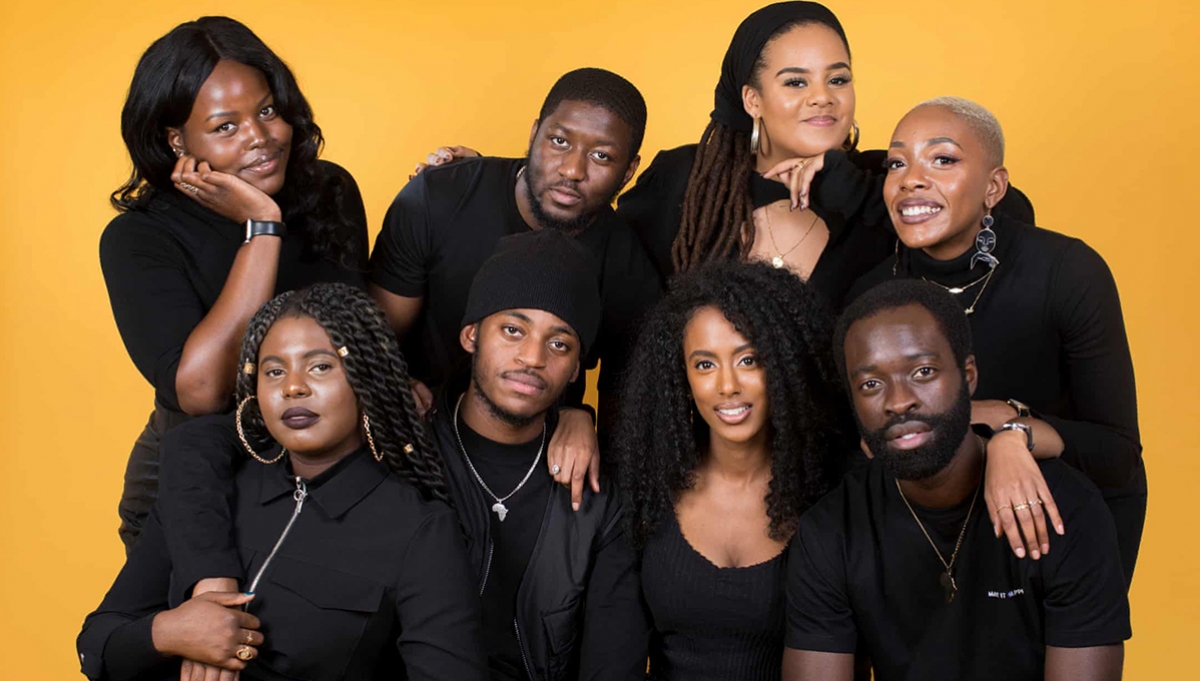It is often posited that racism is a phenomenon predominantly wielded by a dominant group against marginalized populations. However, the complexities of intra-community dynamics, particularly among African Americans, open up a labyrinth of sociocultural discussions that challenge monolithic understandings of racism. The term ‘Black-on-Black racism’ elicits a provocative inquiry: can individuals within the same ethnic group embody attitudes or behaviors that are derogatory towards one another? To delve into this question, we must consider internalized racism, socioeconomic disparities, and the pervasive impact of systemic oppression.
Internalized racism refers to the acceptance of negative stereotypes and attitudes about one’s own racial or ethnic group. The implications are multifaceted. For instance, the historical context of slavery and segregation in the United States has left indelible scars on the African American psyche. Many individuals may unconsciously adopt the disdainful perspectives propagated by the dominant culture. This phenomenon can manifest in myriad ways, from aesthetic preferences privileging European features to disparaging colloquialisms directed at members of one’s community. This leads to further alienation within the group, fostering an environment where not only external but also internal strife flourishes.
Socioeconomic disparities within the Black community further complicate these dynamics. The impact of systemic inequalities has created factions based on class, education, and access to resources. Those who ascend the socioeconomic ladder may unconsciously perpetuate elitist attitudes, deriving a false sense of superiority over their less privileged peers. This can result in a denigration of shared cultural aesthetics, linguistic nuances, and even culinary traditions—a rejection of authenticity in favor of assimilation into a dominant culture that often devalues their origins. This elitism may garner derision towards individuals who may not conform to these artificially constructed standards, fostering an environment of division rather than unity.
Moreover, the role of media representation cannot be understated in understanding the internal dynamics of racism within the community. The portrayal of African Americans in entertainment, news, and literature often reflects and exaggerates societal stereotypes. Consequently, individuals who recognize the potential harm of such portrayals may inadvertently adopt exclusionary attitudes towards those who embody these stereotypes. This self-perpetuating cycle of stereotypes creates an environment in which individuals feel compelled to reject their own communities to align with a maladaptive narrative of respectability, a narrative often influenced by external societal pressures.
Furthermore, cultural relativism posits that beliefs and practices must be understood within their social contexts. The application of this framework can illuminate the particularities of Black-on-Black racism. For instance, certain expressions of cultural identity, such as the use of African American Vernacular English (AAVE), may be dismissed by some segments of the community as ‘unrefined’ or ‘uneducated,’ directly undermining the validity of those forms of expression. Engaging in this critique can set up barriers within the community, reinforcing divisions rather than fostering solidarity among its members. The cultural relativist perspective demands a nuanced understanding of internal forms of critique, distinguishing between constructive criticism and harmful narratives.
The paradox inherent in Black communities—a conflict rooted in shared history yet often resulting in fractious relationships—raises vital questions about the role of empathy and activism. How can individuals work towards dismantling systemic racism while simultaneously navigating the internal challenges embodied in Black-on-Black racism? A potential challenge lies in acknowledging that confronting internalized oppression requires patience and a commitment to collective healing. Activism must extend beyond external structures of oppression to introspective initiatives that recognize the impact of historical trauma on interpersonal dynamics.
Community engagement is crucial in this process. Workshops, discussions, and collaborative activities can foster awareness of internal biases and promote dialogue about the experiences of Black individuals from diverse backgrounds. Moreover, initiatives that celebrate the richness of African American culture—its art, history, and achievements—do not just counteract external narratives; they also reinforce a sense of collective identity that transcends economic or social class distinctions. In this cultural renaissance, individuals can find common ground, engaging in shared celebrations of heritage that counter any destructive tendencies of exclusion.
Ultimately, addressing instances of Black-on-Black racism must be framed not as a condemnation of the community but as an opportunity for growth and solidarity. Recognizing these challenges invites introspection and dialogue about power dynamics, cultural identity, and the legacies of oppression that can fracture even the most resilient communities. By confronting these issues with both rigor and compassion, a renewed sense of community can emerge—one that fosters empowerment, mutual respect, and a reimagined narrative. To navigate these complexities effectively, individuals must commit to confronting not only the impacts of systemic racism but also the detrimental attitudes that can exist within their own communities.
In conclusion, the discussion surrounding Black-on-Black racism elicits important inquiries regarding intra-community dynamics and the effects of cultural relativism. It serves as a poignant reminder that the journey toward a more equitable society necessitates grappling with both external and internal forms of prejudice. In light of this multifaceted narrative, the path forward must harness both critique and compassion, understanding that the journey to eradicate racism requires collective resolve—an endeavor that both educates and empowers.
